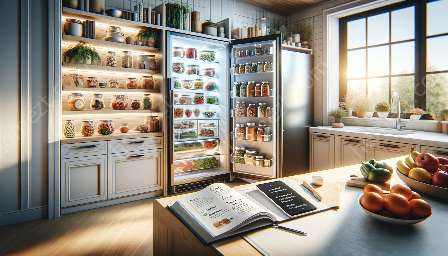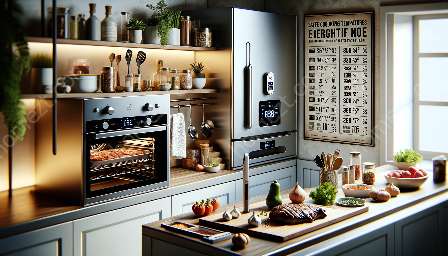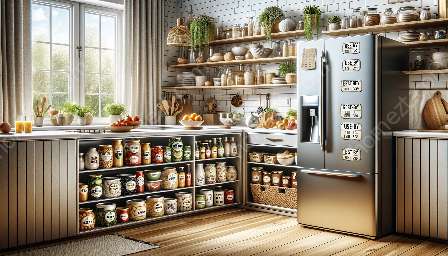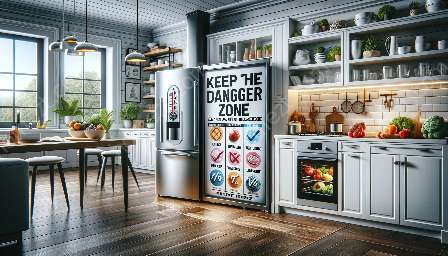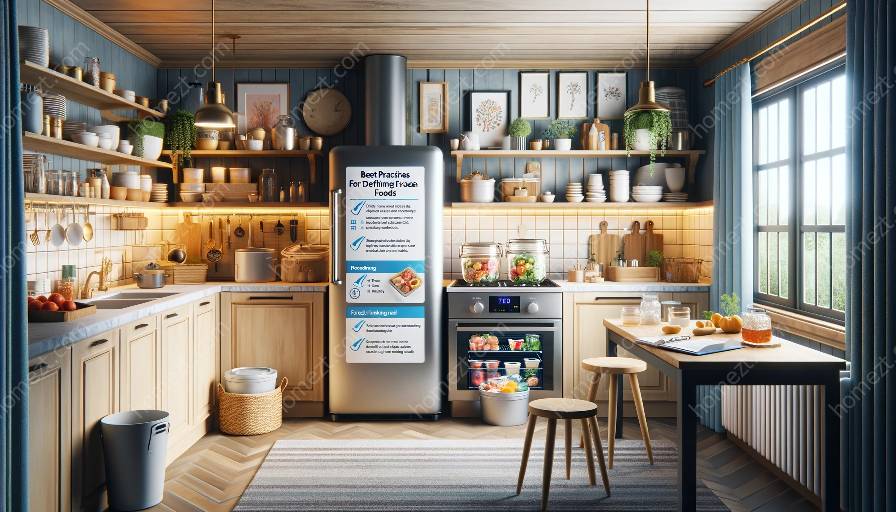Defrosting frozen foods properly is essential for food safety in home kitchens and also contributes to home safety and security. This guide will provide you with effective and safe defrosting techniques to ensure the quality and safety of your meals.
Understanding Food Safety in Home Kitchens
Food safety in home kitchens is a critical aspect of maintaining overall well-being. One of the key elements of food safety is ensuring that frozen foods are defrosted in a safe manner to prevent the growth of harmful bacteria and reduce the risk of foodborne illness.
Why Safe Defrosting Matters
Improper defrosting of frozen foods can lead to the growth of harmful bacteria, such as Salmonella and E. coli, which can cause food poisoning. By following safe defrosting techniques, you can protect yourself and your family from the risks of foodborne illness.
Best Practices for Safe Defrosting
1. Refrigerator Defrosting
The refrigerator is a safe and efficient method for defrosting frozen foods. Place the frozen item in a container or on a plate to catch any drips, and allow it to thaw in the refrigerator. This method requires planning ahead, as it can take several hours or even overnight for larger items to fully defrost.
2. Cold Water Defrosting
Cold water defrosting is a faster method than refrigerator defrosting. Place the frozen food in a leak-proof plastic bag and submerge it in cold water. Change the water every 30 minutes to ensure it stays cold. This method is suitable for smaller items and can speed up the defrosting process.
3. Microwave Defrosting
Using a microwave to defrost frozen foods is a quick option, but it's important to use the microwave's defrost setting and follow the manufacturer's instructions. Be sure to cook the food immediately after defrosting in the microwave, as some parts of the food may begin to cook during the defrosting process.
Home Safety & Security
When defrosting frozen foods, it's important to consider home safety and security measures. Always follow these tips to ensure the safety and well-being of your household:
- Never leave frozen foods to defrost at room temperature, as this can promote bacterial growth and increase the risk of foodborne illness.
- Keep raw and cooked foods separate to prevent cross-contamination.
- Ensure that all kitchen appliances and equipment, such as microwaves and refrigerators, are in good working condition to prevent accidents or food spoilage.
- Always wash your hands and utensils thoroughly after handling frozen foods to reduce the risk of foodborne illness.
Conclusion
By following safe defrosting techniques for frozen foods, you can maintain food safety in your home kitchen while also promoting home safety and security. Proper defrosting methods help prevent foodborne illness and ensure that your meals are not only delicious but also safe to consume.

